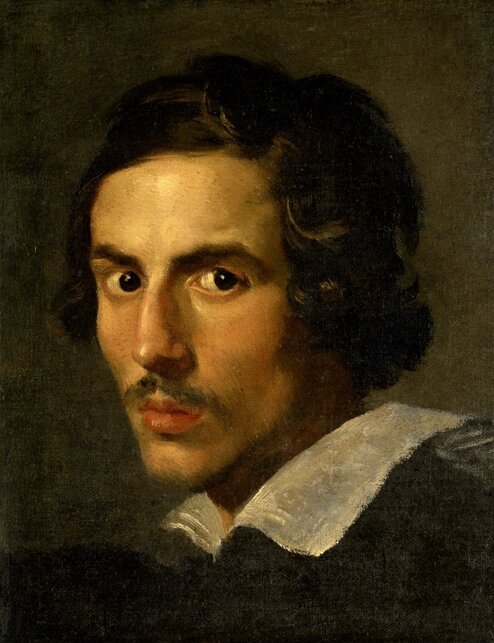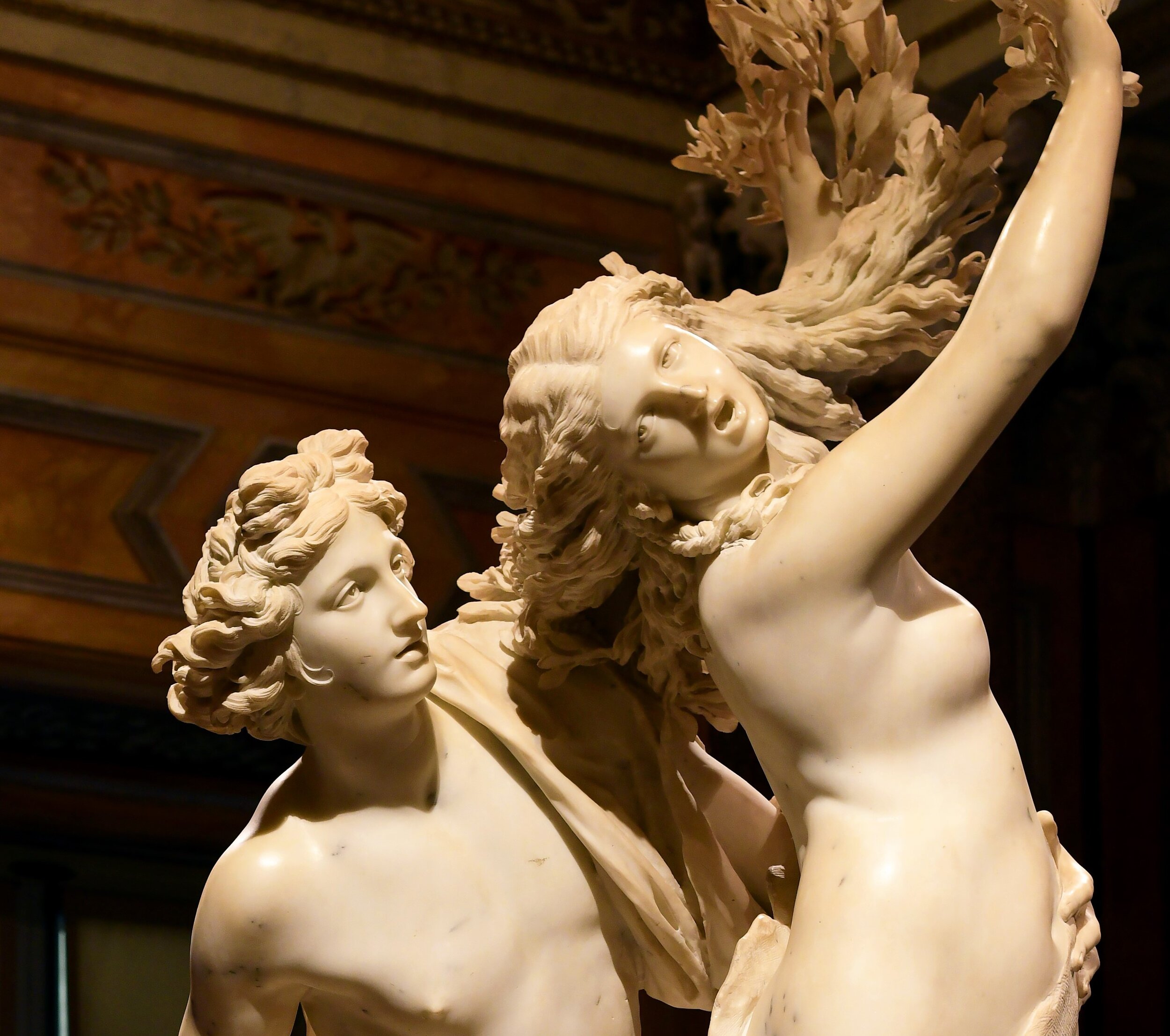The Groove Issue 50 - How To Use Emotional Creativity to Your Advantage
HOW TO USE EMOTIONAL CREATIVITY TO YOUR ADVANTAGE
You already know that most entrepreneurs and artists who want to stay relevant are always in pursuit of creativity and innovation. And to get there, it’s so vital to use your emotions.
But we are told that emotions don’t belong in the workplace or in any business setting. I’ve always questioned that.
How Bernini Used Emotions to Change Art and Rome Forever
Self-portrait of Bernini, c. 1623
We all can look back and learn from the phenomenal emotional creativity that the great Italian artist, Gian Lorenzo Bernini, brought to his practice.
Endlessly inventive and gifted with extraordinary technical skill, Bernini himself was full of passion and virtually created the Baroque style. This is where he shone: he wondered why the sculptures of all his predecessors, especially those of Michelangelo Buonarroti, were so calm.
He set out to counteract this by focusing on specific points of narrative tension in the stories his sculptures were trying to tell: Aeneas and his family fleeing the burning Troy, or the moment that Pluto finally grasps the hunted Persephone.
There is sadness, anxiety, muscles flexing, open lips, physical effort - all captured in marble.
Appeal to People’s Hearts
A detail from Apollo and Daphne, made in Marble by Bernini between 1622–1625. Galleria Borghese, Rome.
The common element that unites us in our humanity is our emotions. We all have felt the full gamut and that should be used to your advantage in your creative efforts, knowing that people will respond to them.
In art, Bernini was the first artist who captured movement and extreme emotion in sculpture. This brought enormous engagement and psychological energy to inanimate objects. Nobody else had done that before.
This emotional creativity, which of course came from a man who was intense in his feelings as well, took art patrons and popes for surprise, and a frenzy of business and commissions flooded Bernini’s studio with work.
Extend the Emotions to All You Do
Fontana dei Quattro Fiumi in the Piazza Navona in Rome, Italy, designed by Bernini in 1651.
Bernini didn’t limit his emotions to just his sculptures. The popes took note of how much his art engaged people and started giving him architectural commissions, even though he hadn’t trained in that field.
He did that so well that his ability to synthesize sculpture, painting, and architecture into a coherent conceptual and visual whole has deemed him as the first artist who achieved "unity of the visual arts.”
Among hundreds of architectural commissions, highlights of his projects include the design of Piazza San Pietro, the colonnades in front of St. Peter's Basilica and the interior decoration of the Basilica, the Fontana del Tritone in Piazza Barberini, and Fontana dei Quattro Fiumi in the famous Piazza Navona in Rome.
His passion for the job was such that when his assistants tried to convince him to rest after intense hours of physical labor he said, “leave me alone, I am in love with this.”
Few artists have changed the course of art and had as decisive an influence on the physical appearance and the aesthetics of a city as Bernini had on Rome. He worked until the end of his life, passing away at age 81 an extremely wealthy man.
Emotions Make People More Creative in Companies Too
I also just got some validation on my questioning of the adage that “emotions don’t belong in business.”
A research paper from James Averill, Ph.D. at the University of Massachusetts, says that "emotional creativity" is the capacity to experience the world in novel, authentic, and effective ways. Creativity, he maintains, is not limited to the domain of ideas; it is expressed equally in our responses to people, places, and events.
And in March of this year, a team of researchers from the University of Maryland, Wharton School of Business, Merrimack College, and London School of Economics published an important paper.
Through two field studies and two lab-based experiments, the researchers showed that 1) one way to bring more creativity to companies is to encourage employees to bare their feelings – both positive and negative – to team members; 2) when people feel they can open up, it creates room for more free expression and more exploration of ideas; and 3) the level of authenticity in a team’s climate is the key to having an innovative, creative team.
The head researcher, Myeong-Gu Seo, added that “by encouraging free expression and exploration of their emotional reactions, team members can generate and use more and richer information for generating, exploring, evaluating and elaborating creative ideas. But when you kill emotional expression altogether, you kill all other information processing. That’s why it suppresses the creative process and outcomes.”
These implications are profound for the business world and for our personal lives: we become better creative thinkers when we become more emotionally creative.
But to get there you have to allow emotions to flourish. Would you let that happen?
I had the pleasure of being a guest on The Investor Professor podcast hosted by Ryan Peckham, a business professor from the University of Texas. We talked about NFTs, investing in art as an asset class, avoiding a fake, productivity hacks and much more. You can listen here.
Thank you for reading this far. Looking forward to hearing from you anytime.
There are no affiliate links in this email. Everything that I recommend is done freely.



